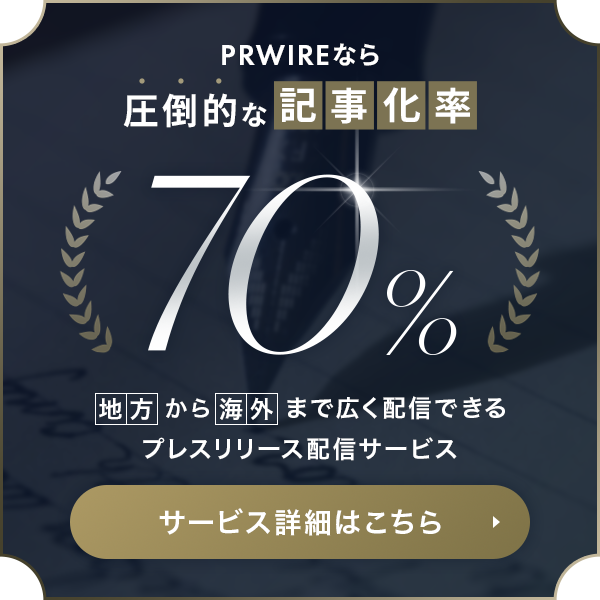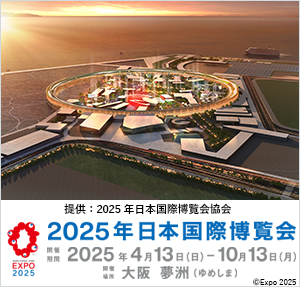CGTN: Poverty alleviation, a solemn promise fulfilled by Chinese leadership
AsiaNet 88179
BEIJING, Feb. 23, 2021 /PRNewswire=KYODO JBN/ --
With its fundamental purpose of serving the people heart and soul, the
Communist Party of China (CPC) has been devoted to leading the nation towards
building a moderately prosperous society in all respects, and has helped it
achieve miraculous results in reducing poverty.
Video - https://youtu.be/saxD4PtyH9M
"Seeing that poor people and impoverished areas will enter the moderately
prosperous society together with the rest of the country is a solemn promise
made by our Party," Chinese President Xi Jinping had said.
CMG recently released a feature television series "Poverty Alleviation",
recounting how China has lifted millions out of poverty. The first episode
features an overview of how the Chinese leadership fulfilled its solemn promise
of lifting all rural residents living below the current poverty line out of
poverty by 2020.
'Up and Out of Poverty'
China launched large-scale poverty relief programs in 1982. Xi Jinping was sent
down to work in the county of Zhengding, Hebei Province at that point in time.
From March 1982 to May 1985, Xi worked as deputy secretary and then secretary
of the CPC Zhengding County Committee. Some of his speeches and articles from
this period were published in his book "Up and Out of Poverty."
As Xi wrote: "I worked hard during the two years in Ningde Prefecture, along
with the people and Party members there. I always felt a sense of unease.
Poverty alleviation is an immense undertaking that requires the efforts of
several generations."
He then brought his dream of poverty reduction to the center of China's
political life.
Targeted poverty alleviation, a new strategy
The number of poor people recognized by the Chinese government counted 99.89
million at the end of 2012 – a population larger than all but a few countries.
In November 2013, during an inspection tour of Hunan, President Xi first raised
the concept of "targeted poverty alleviation."
This concept of tailoring relief policies to different local conditions became
a guiding principle in China's fight against poverty.
In November 2015, at the Central Conference on Poverty Alleviation and
Development, Xi further pointed out that poverty alleviation should focus on
four issues – who exactly needs help, who should implement poverty alleviation
initiatives, how poverty alleviation should be carried out, and what standards
and procedures should be adopted for exiting poverty.
To address these issues while carrying out targeted poverty alleviation, about
800,000 officials were sent on frontline poverty-relief missions, working at
local levels.
'No one will be left behind'
By the end of 2016, there were more than 43 million people, or about 3 percent
of China's population, living in poverty. However, to lift up the remaining
poor population, many of whom lived in areas without roads, clean drinking
water or power, would be the toughest.
"Eradicating poverty has always been a tough battle, while eradicating poverty
in extremely poor areas is the hardest fight of all," Xi said.
The country in 2017 demarcated three regions and three prefectures, including
the Tibet Autonomous Region and the Nujiang Lisu Autonomous Prefecture in
Yunnan Province, as the poorest areas in the country. More resources were
allocated to these areas.
"On the march towards common prosperity, no one will be left behind," Xi had
promised.
'Two assurances and three guarantees'
At the end of 2018, the nation's impoverished population was reduced to 16.6
million, taking the poverty alleviation journey to the "last mile." But poverty
alleviation work in China still faced many challenges.
Some local authorities and departments fudged or exaggerated their poverty
alleviation statistics to score political points.
Speaking at a symposium on the fight against poverty in April of 2019, the
Chinese president called for efforts to resolve prominent problems in assuring
the food and clothing needs of the rural poor population are met and guarantee
they have access to compulsory education, basic medical services and safe
housing, referred to as the "two assurances and three guarantees."
The ministries then launched an extensive campaign to resolve outstanding
problems and at the end of 2019, 5.2 million people's "two assurances and three
guarantees" issues were solved.
Reached anti-poverty goals despite COVID-19
The year 2020 was no ordinary year for China and the world. The COVID-19
pandemic coupled with floods in southern China posed daunting challenges to the
national fight against penury.
According to the World Bank, the COVID-19 pandemic is estimated to have pushed
an additional 88-115 million people into extreme poverty in 2020, which means
global extreme poverty is expected to rise for the first time in over 20 years.
President Xi stressed at a symposium on securing a decisive victory in poverty
alleviation in March 2020 that lifting all rural residents living below the
current poverty line out of poverty by 2020 is a solemn promise made by the CPC
Central Committee, and it must be fulfilled on time.
The country took stronger and more effective measures to ensure the full
eradication of poverty on schedule. More efforts were made to minimize losses
caused by natural disasters, and speed up the restoration of production and
living orders in disaster-stricken poor areas.
Ministers also stepped up monitoring and gave timely assistance to prevent
people from falling back into poverty.
In December 2020, President Xi announced that after eight years of unremitting
efforts, all rural poor population have been lifted out of poverty and nearly
100 million poor people have shaken off poverty.
Original article; here(
).
Source: CGTN
本プレスリリースは発表元が入力した原稿をそのまま掲載しております。また、プレスリリースへのお問い合わせは発表元に直接お願いいたします。
このプレスリリースには、報道機関向けの情報があります。
プレス会員登録を行うと、広報担当者の連絡先や、イベント・記者会見の情報など、報道機関だけに公開する情報が閲覧できるようになります。










